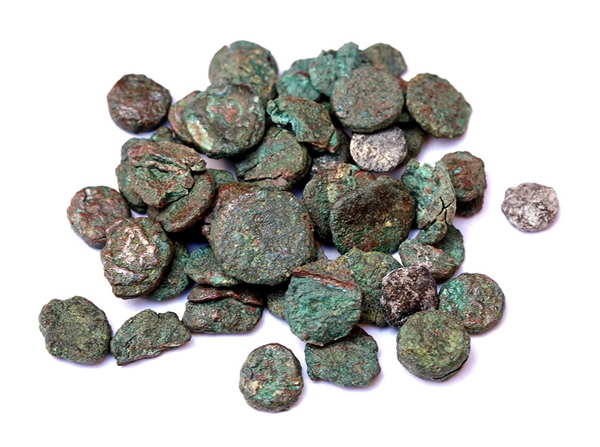
Numismatists from the Department of Archaeology at the University of Warsaw (UW) have examined thousands of coins discovered in Mareia, a city near Alexandria. Their findings change the picture of monetary circulation in Egypt at the end of antiquity established in the existing literature.
Within the framework of a several-year research project funded by the National Science Centre, a team of numismatists from the Faculty of Archaeology at the University led by Dr Piotr Jaworski examined almost 8,500 Byzantine and Umayyad coins including several treasures were discovered, such as the remains of pouches and thousands of coins lost by the city’s inhabitants or pilgrims staying in the city before the last stage of the pilgrim route leading to Abu Mena.
The researchers from the UW focused on the most numerous coins (about 75% of the total number of findings), although apparently they are the least attractive group of coins the so-called minimi, only a few millimetres in diameter. They discovered that the group of minimi found in Mareia (Philoxenite) was dominated by coins minted in Carthage by the Vandal kings and later, after the recapture of Africa from the hands of the barbarians, by Justinian.









